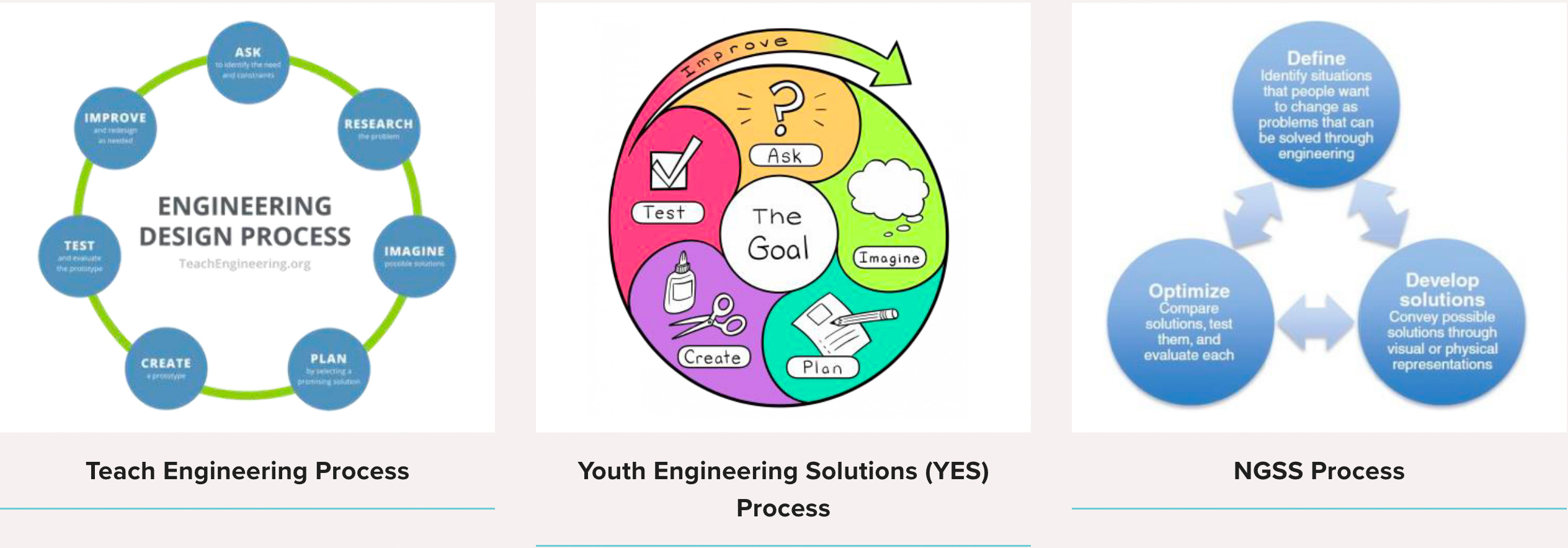Learning Blast: Use a Systematic Engineering Design Process
Engineers can be inspired by flashes of insight or tinkering but designing a functioning product requires structured, data-driven design, analysis, and testing. Engineering experiences, therefore, should encourage youth’s ideas and creativity, but also help them engage in methodical, planned approaches that break down the process into manageable components.
As you watch the video, think about:
- Notice how the youth interact with the engineering team.
- Notice how the engineering team models using a systematic design process.
Watch the video:
Share what you noticed:
- What was the most interesting thing you noticed in the video?
- What did you notice about how the youth interacted with the engineering team regarding their designs?
- How did the engineering team model using a systemic process to solve a problem?
- What understanding do you think the children have of engineering after this experience?
What we know:
The engineering design process serves as a tool to guide and structure activity. It orients and focuses youth on the goal of the activity. And it also helps situate that day’s work in the larger project.
It is important to recognize that the phases are guideposts, not rigid steps. In reality, engineers move back and forth between the phases. As they design, additional questions might arise that need to be researched, mini-investigations might be needed to bolster understanding or decision-making, criteria and constraints might need to be reviewed or revised.
What you know:
Most K-12 engineering education programs use a specific engineering design process. Three examples include:
- Which of these models is most like the process in the video? You may need to review the video a couple of times to decide.
Key Take-Away:
Engineering design processes are cyclical and iterative. Designs often do not function well initially—redesigns and tweaks are needed to improve or optimize them, launching another cycle of design. Technology itself evolves and changes over time. Many new products begin with an idea about how an existing technology might be modified to perform slightly different or better.
Introducing youth to a structured way to solve problems, equips them with a tool they can use not only to address engineering challenges but also to systematically approach problems that arise in their lives.
Reflection
Now that you’ve watched the video, reflect on what you saw.
- What parts of the engineering design process were not modeled in the video?
- Brainstorm at least three different experiences you could provide to help youth understand how engineers
use a systematic process to generate solutions. - How can you help youth systematically approach everyday problems that they face?



